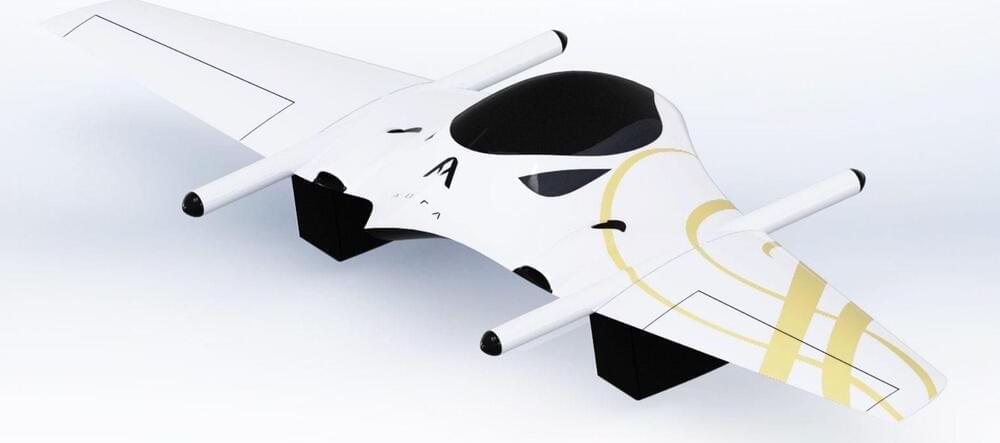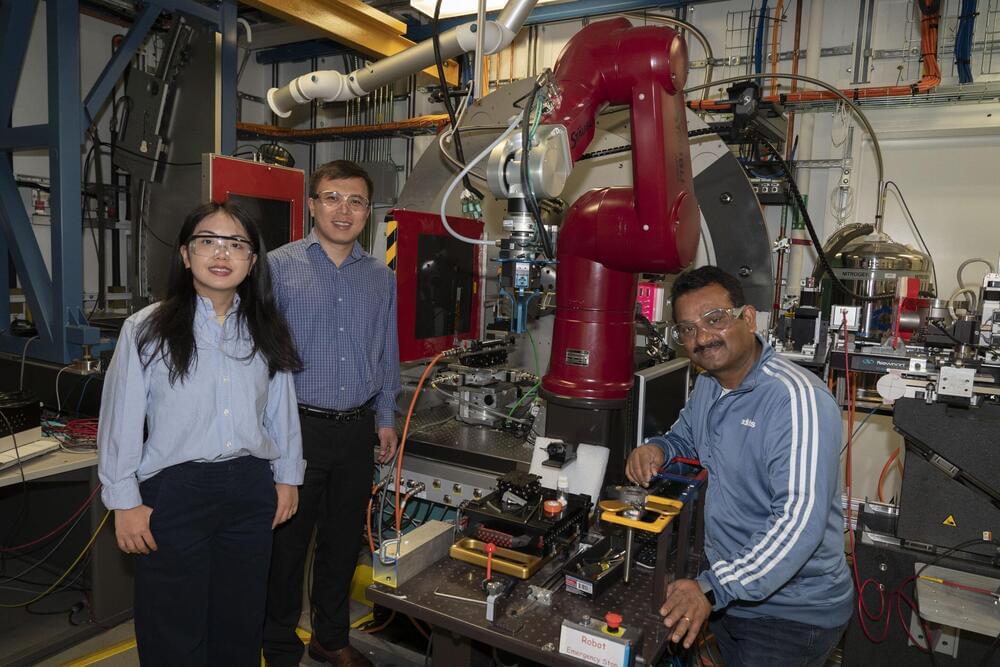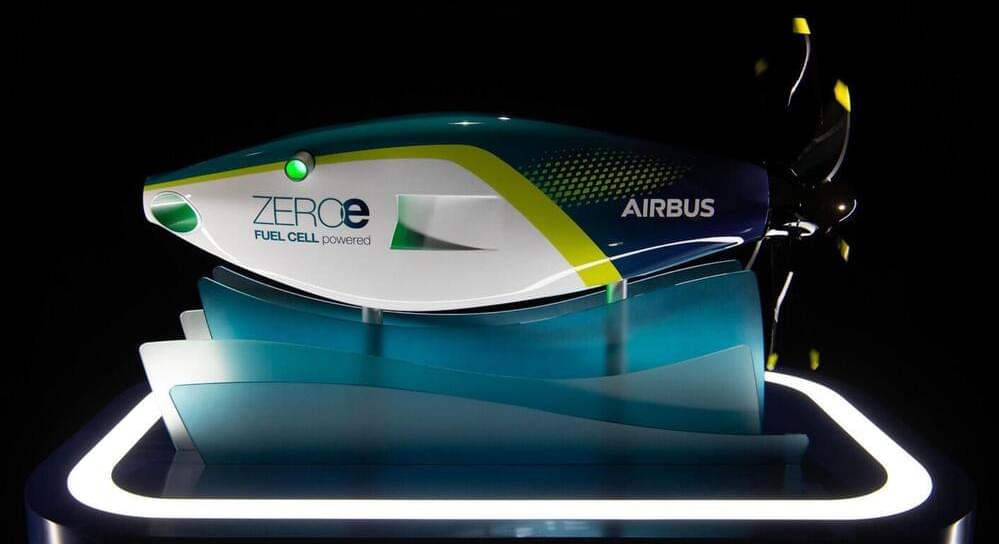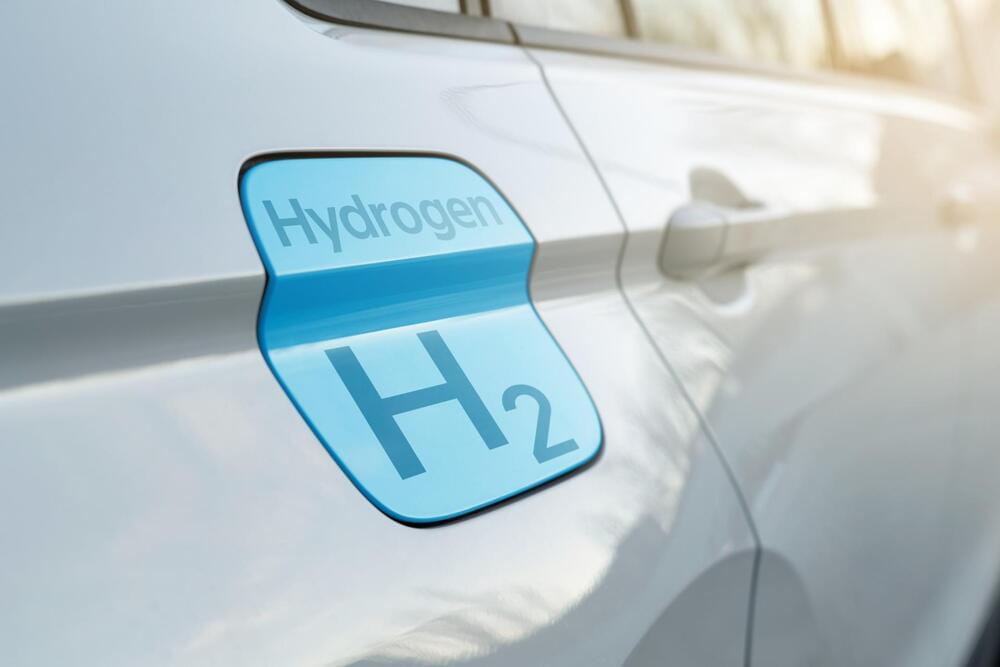AI robots fly, sing, dance, carry cars and respond to Elon Musk. Incredible new robots join Ameca and Boston Dynamics.
To learn more about AI, please visit https://brilliant.org/digitalengine where you’ll also find loads of fun courses on maths, science and computer science.
Here’s the first video on our new channel, Go Rogue:
https://youtu.be/k07unSpmBSg.
Thanks to Brilliant for sponsoring this video.
To stay at the stunning Appleby Castle: http://applebycastle.org.
For custom nerf blasters: https://outofdarts.com.







